THERE MAY BE SPOILERS.
An AHA! moment came with the completion of this book. None of the Cormoran Strike novels are described as Thriller/Crime/Mystery on the covers. They are simply “A CB Strike Novel, or a “Cormoran Strike Novel”. So all past rumblings of “Who wants to know so much about the private lives of the detectives”? are now laid to rest.
The feeling of frustration at losing the thread of the mystery due to so much digression into the parallel and often not intertwining lives of Cormoran and Robin remains, though. Especially as a large chunk of the 942 pages of “Troubled Blood” is about the illness and subsequent death of Cormoran’s Aunt Joan. A smaller chunk would have sufficed. A little less Cornish politics, fewer pages on the floods in Cornwall, circa February 2014, and a bit more about the palliative nurse who looked after Joan would have made the realisation that Cormoran comes to, as he winds up the case, seem more thoughtful. Then there is the ever present Charlotte, often in absentia, whose shenanigans in this novel do not relate in any way to its resolution. Is anyone interested in her?
The mystery, which can be seen as the main plot, is intriguing, gripping, and told well. This, in spite of the plethora of characters with divergent histories, and all encompassing lies. Trying to play detective became tedious. It was more enjoyable to just keep up with the characters and allow the mystery to resolve. Going with the flow has never been more helpful.
The Author’s superb word sketches of people brought them to life in a way reminiscent of the original Harry Potter books. Meticulous research created a clear picture of London in 1974-75 London. The walk that Cormoran and Robin take to try and recreate the doctors last known minutes was a spellbinding few pages. Many such incidents occur in the story, and make the book hard to put down. Not since the Harry Potter novels, has this Author commanded such attention.
There were a few instances where the famous maxim of “show, don’t tell” slipped, and, in an Author of such repute and experience, unexpected.
To address the ever boiling issue of transphobia in this novel – there is a character who is referenced throughout the novel, and appears in one scene, who occasionally dressed up as a women for nefarious purposes. This person is not Transgender, or even an habitual cross dresser. Nor did he always dress up as a woman when he kidnapped women. His behaviour in the one scene he appears makes the skin crawl, and it is not because he has dressed up as a woman in order to abduct women in the past. While the Author may be transphobic, the book did not read as such.
The Author has a pattern of airing her political views via her books, which can irritate. The Cornish wish for, and the Scottish bid for Independence get too much air time in this one, specially since neither of them actually have any relevance to the story.
In as much as the Author’s anti feministic views goes, the family of the good doctor would never have had an abortion, specially after having a child of her own. The doctor, having been missing for close on 40 years, does not get a say, so her views are not expressed. It would seem, though, that her behaviour in helping a patient to have a safe abortion, and the supportive care afterwards, tells a story of its own.
With reference to the Slut Walk – and Cormoran’s view that such a walk would not reduce crime, or change attitudes, may deserve an airing. Both Cormoran and Robin, and specially Robin, have provided ample evidence through five novels that they neither of them think that the victim of rape, or violence, “deserves it”.
The 5 star rating is because this was a book that was hard to put down, right from the get go. The resolution was surprising, and in this cynical day, this last is hard to do.
Footnote: Another story in which Astrology coincidentally almost gets it right. It would have been funny, if it had not been explained away by an overactive (or was it under active?) thyroid.


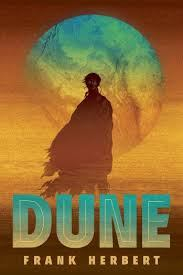
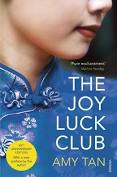
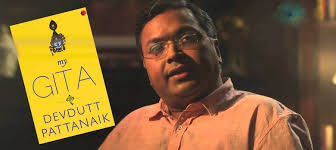
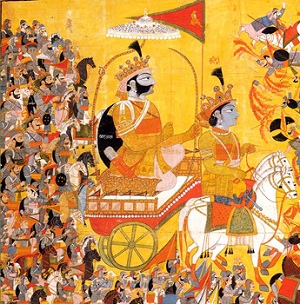
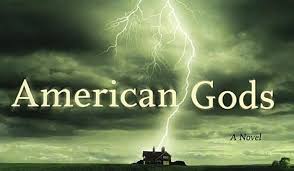
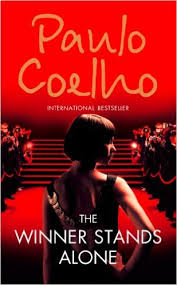 strange to read such a cynical story by Paulo Coelho, whose books seemed to me the anti thesis of cynicism. I had loved “The Alchemist”, and I had liked “Veronica Decides to Die” as well, very much. Somewhere along the line Coelho may have decided that he was no longer going to be the Mr. Nice Guy. He may have felt that he needed to write a story about the superficiality of the very rich, very famous in show business. He may have been disillusioned. So he wrote a cynical novel.
strange to read such a cynical story by Paulo Coelho, whose books seemed to me the anti thesis of cynicism. I had loved “The Alchemist”, and I had liked “Veronica Decides to Die” as well, very much. Somewhere along the line Coelho may have decided that he was no longer going to be the Mr. Nice Guy. He may have felt that he needed to write a story about the superficiality of the very rich, very famous in show business. He may have been disillusioned. So he wrote a cynical novel. m of the rest of the day needs to fit in.
m of the rest of the day needs to fit in.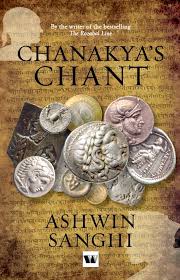

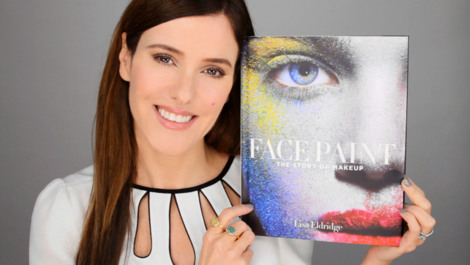 Some books can be downloaded onto an electronic device. Some books cannot. The idea of reading an electronic version of this book scares me. I have never read an ebook. Yet, I am sure this book would lose half its magic if you could not hold it in your hand, move it around in your hand, watching the light catch the shifting mood of the pictures, running your fingers over the textured cover. This book is a visual feast. First and foremost.
Some books can be downloaded onto an electronic device. Some books cannot. The idea of reading an electronic version of this book scares me. I have never read an ebook. Yet, I am sure this book would lose half its magic if you could not hold it in your hand, move it around in your hand, watching the light catch the shifting mood of the pictures, running your fingers over the textured cover. This book is a visual feast. First and foremost.




